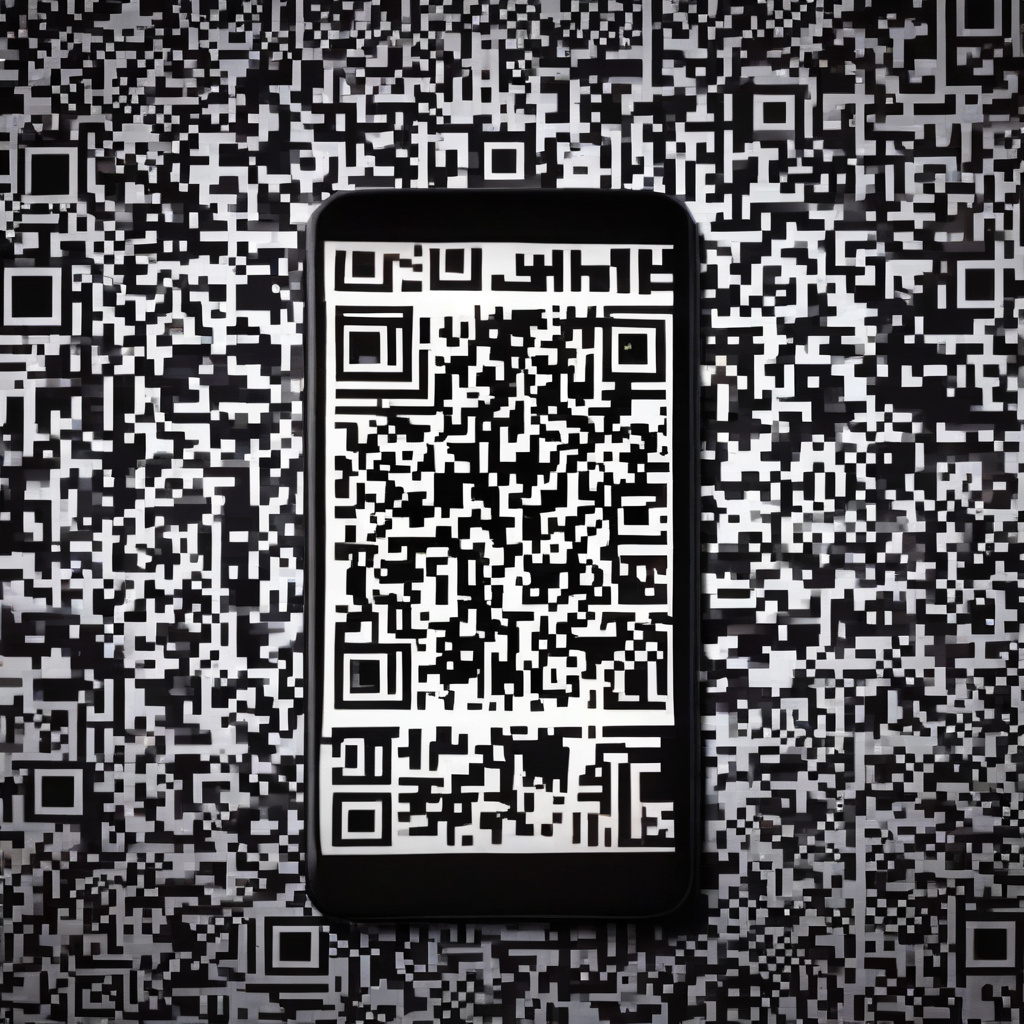In the ever-evolving landscape of cyber threats, criminals are constantly seeking new ways to exploit vulnerabilities and deceive unsuspecting users. One alarming trend that has caught the attention of the Anti-Phishing Working Group is the misuse of QR codes in phishing and malware campaigns. QR codes, originally designed for convenience and efficiency, have now become a tool for malicious actors to orchestrate their digital schemes.
At first glance, QR codes may seem harmless—a quick scan with a smartphone can lead to a website, app download, or promotional offer. However, cybercriminals are leveraging the trust associated with these codes to redirect individuals to malicious websites or initiate downloads of malware onto their devices. This deceptive tactic preys on the curiosity or urgency of users, enticing them to scan the QR code without realizing the potential risks.
Imagine receiving an email or text message that appears legitimate, prompting you to scan a QR code to claim a reward or verify account details. In the background, this innocent-looking code could be a gateway for attackers to harvest sensitive information, such as login credentials or financial data. What makes this method even more insidious is that traditional email filters or security measures may not flag QR codes as suspicious, giving criminals a stealthy advantage.
To illustrate the severity of this issue, the Anti-Phishing Working Group has documented numerous cases where QR codes were embedded in phishing emails, fake advertisements, or counterfeit websites. These codes act as a bridge between the physical world and the digital realm, blurring the lines between genuine and malicious intent. As users become more accustomed to scanning QR codes in their daily lives, the potential for exploitation grows, making it imperative for individuals and organizations to stay vigilant.
Protecting yourself against QR code phishing and malware threats requires a blend of awareness, caution, and proactive security measures. Before scanning any QR code, especially from unsolicited sources, take a moment to scrutinize the content and sender. Look for inconsistencies in the message, such as grammatical errors or unusual requests, that could signal a potential scam. Additionally, consider using QR scanner apps that offer built-in security checks to analyze the code before opening the link.
From a corporate standpoint, organizations should educate employees about the risks associated with QR codes and implement robust security protocols to mitigate these threats. Conducting regular training sessions on cybersecurity best practices, including how to identify phishing attempts via QR codes, can empower staff to make informed decisions and safeguard sensitive company data. Moreover, deploying email filtering systems that flag suspicious QR codes or URLs can serve as an added layer of defense against malicious campaigns.
By shedding light on the misuse of QR codes in phishing and malware campaigns, we can collectively work towards strengthening our defenses and fostering a more secure digital ecosystem. As technology continues to advance, so too must our awareness of potential threats and our commitment to practicing safe online habits. Remember, staying informed is the first line of defense in the battle against cybercrime, and together, we can outsmart even the most cunning QR-based attacks.

